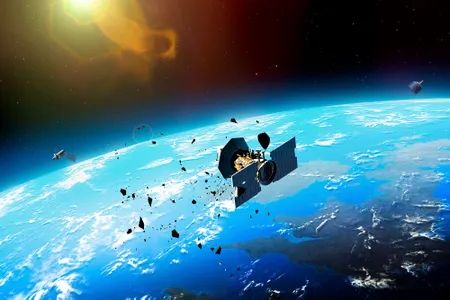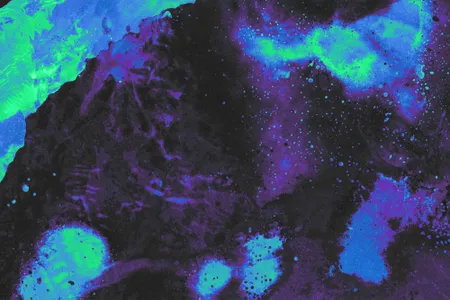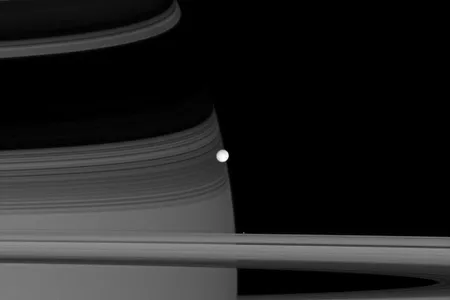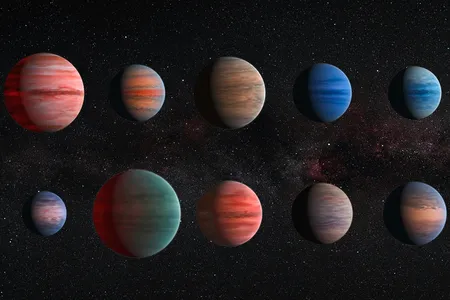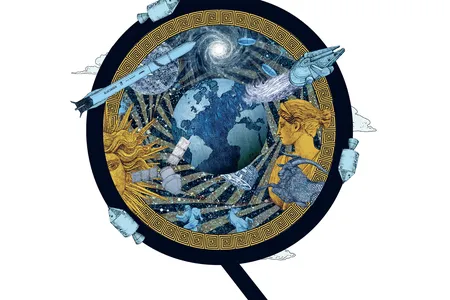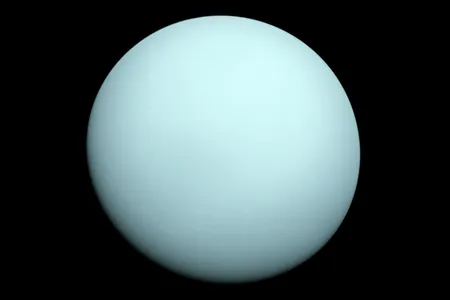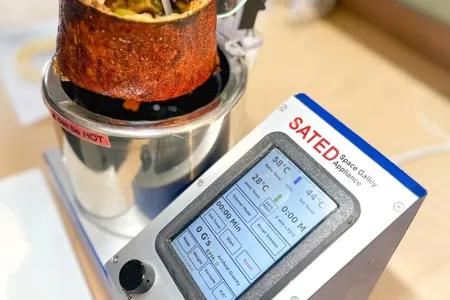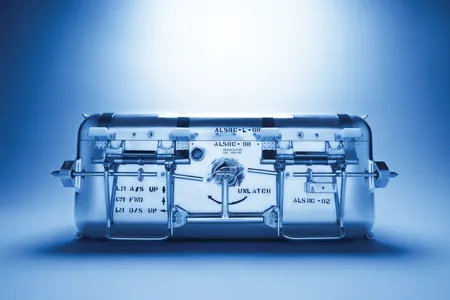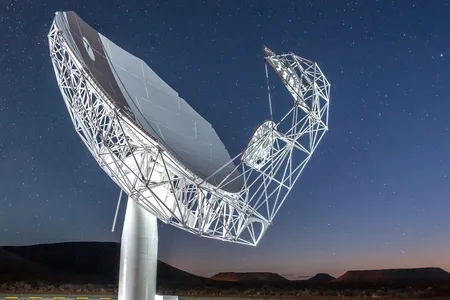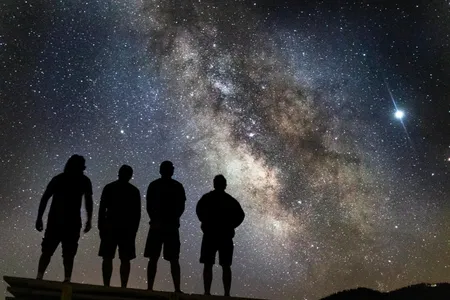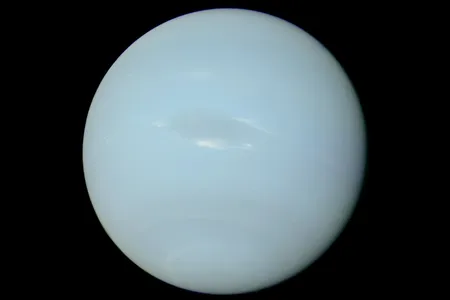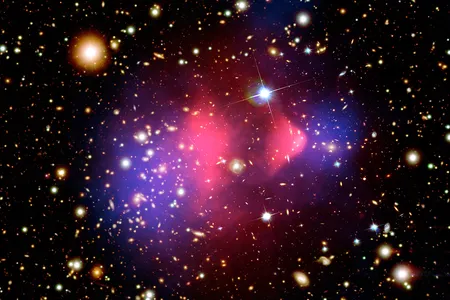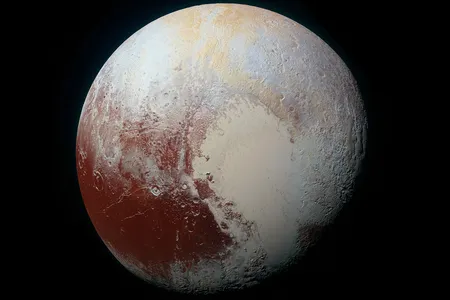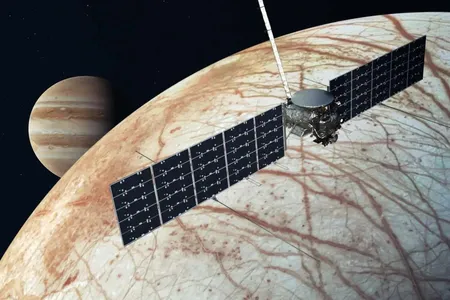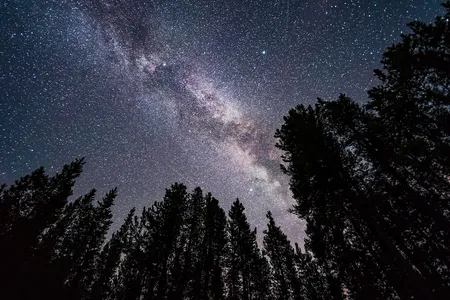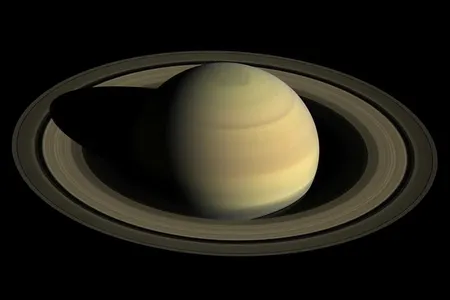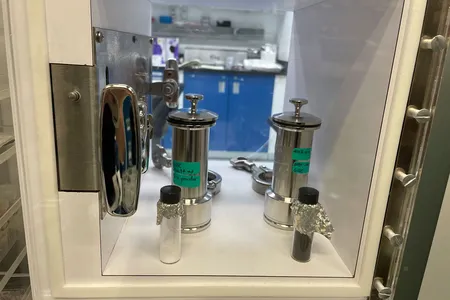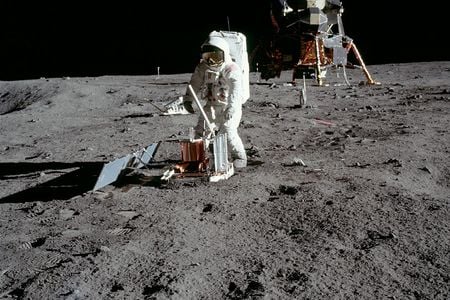With Space Junk on the Rise, Is a Catastrophic Event Inevitable?
Debris from rockets and satellites can fall back to Earth or collide with other objects, and wreckage that burns up can harm the ozone layer
Did Water Form in the Earliest Years of the Universe?
A recent study suggests huge volumes of the molecule emerged during the cosmic dawn
Should Scientists Inject Saturn’s Moon Enceladus With Life?
A new study proposes that seeding the orb’s underground ocean with microbes might help us learn how to make other worlds habitable
From Worlds That Look Like Cotton Candy to Others Covered in Volcanoes, These Are the Strangest and Most Captivating Exoplanets
Scientists are using an array of instruments to detect other planets, some of which may harbor life—and others that most definitely don’t
How Do Space Programs Get Their Names? And More Questions From Our Readers
You’ve got questions. We’ve got experts
The Six Most Amazing Discoveries We’ve Made by Exploring Uranus
Its bland exterior belies a dynamic world full of surprises
Could This Space Oven Allow Astronauts to Finally Cook in Space?
An aerospace engineer has invented an appliance that can whip up quiches, pizzas and more in a zero-gravity environment
The Otherwise Unremarkable ‘Rock Boxes’ That Brought Pieces of the Moon Back to Earth
Far from ordinary, it took a cutting-edge NASA design to safeguard these treasures during the Apollo missions
Are Humans the Only Species to Drive Others to Extinction? And More Questions From Our Readers
You’ve got questions. We’ve got experts
Astronomers Suspect Colliding Supermassive Black Holes Left the Universe Awash in Gravitational Waves
Radio telescopes tracking signals from spinning, ultra-dense stars point to ripples in the fabric of space
Why Auroras Are Suddenly Everywhere All at Once
Auroras have long mystified humanity. Now that we know what they are and why they happen, we can better predict how best to experience them
11 Dazzling Celestial Events to See in 2025, From a Total Lunar Eclipse to Rare Planetary Alignments
Keep your eyes on the sky this upcoming year for a chance to spot breathtaking meteor showers, a special view of Saturn and a blood-red moon
The Six Most Amazing Discoveries We’ve Made About Neptune
Despite the lack of a dedicated mission to the planet, scientists have learned plenty through ground observations and space telescopes
After Decades of Searching, Are Physicists Closing In on Dark Matter?
With no conclusive laboratory results, researchers are turning to other methods to find the elusive substance
The Seven Most Amazing Discoveries We’ve Made About Pluto
Though technically not a planet, it has as rich geology as any of its planetary siblings in the solar system
NASA Launches Europa Clipper to Search for Signs of Life on Jupiter’s Moon
The huge spacecraft is headed toward the icy moon Europa, where it will use an array of instruments to survey for geologic activity, magnetism and more
How to Find the Ten Brightest Stars in the Night Sky
From Aldebaran to Vega, these gleaming beacons dazzle Northern Hemisphere viewers at various times of the year and provide a useful entry point into amateur astronomy
The Seven Most Interesting Discoveries We’ve Made by Exploring Saturn
Scientists continue to learn new things about the planet, its sweeping rings and its many moons
Inside Scientists’ Quest to Find the Secrets of Life in Four Grams of Asteroid Dust
NASA researchers are scrutinizing rocks and dirt brought to Earth from the asteroid Bennu
Thousands of Moonquakes Rocked the Apollo Landing Sites in Less Than a Decade
A new study found 22,000 previously unidentified lunar seismic events recorded between 1969 and 1977
Page 1 of 39
